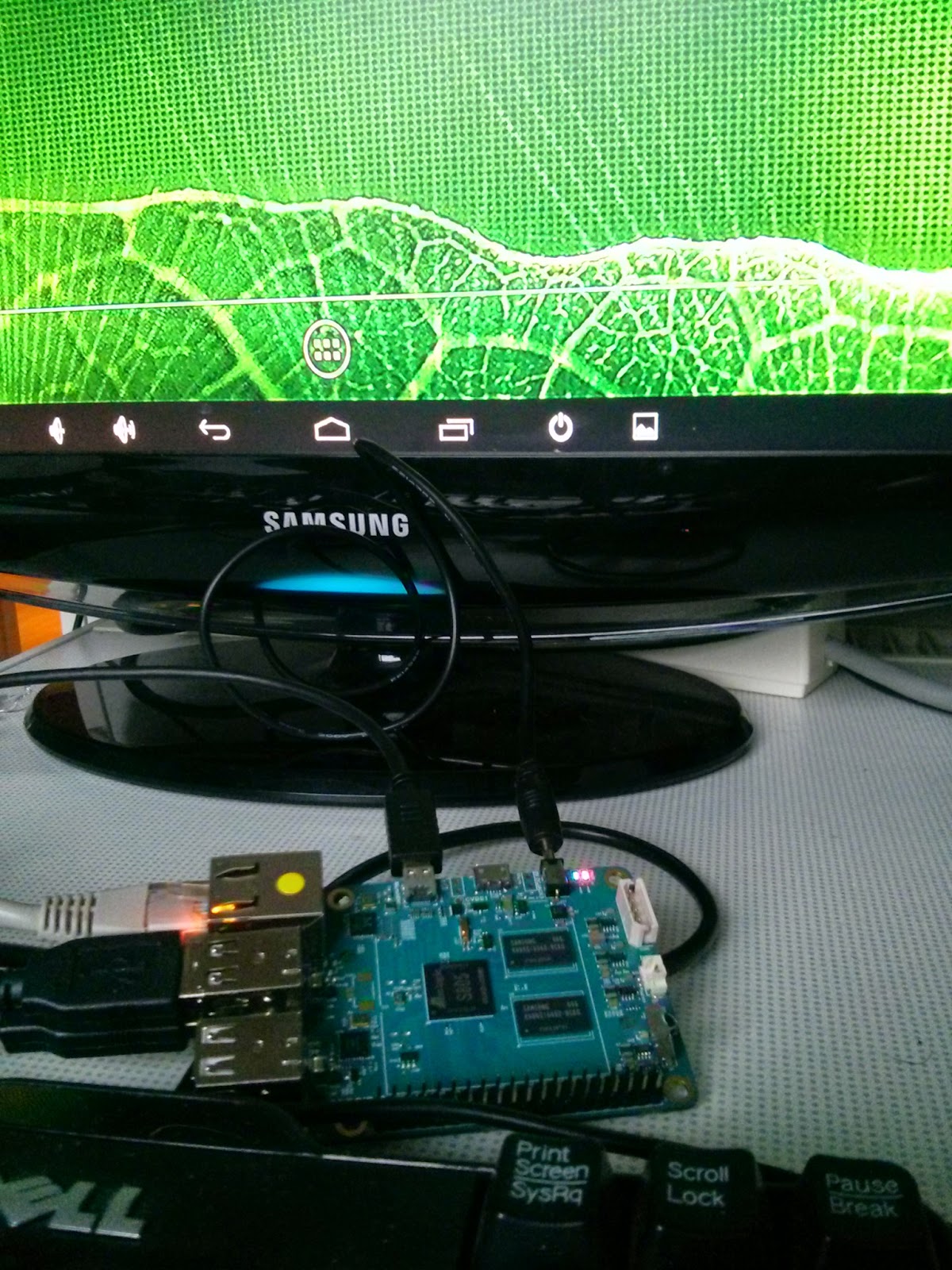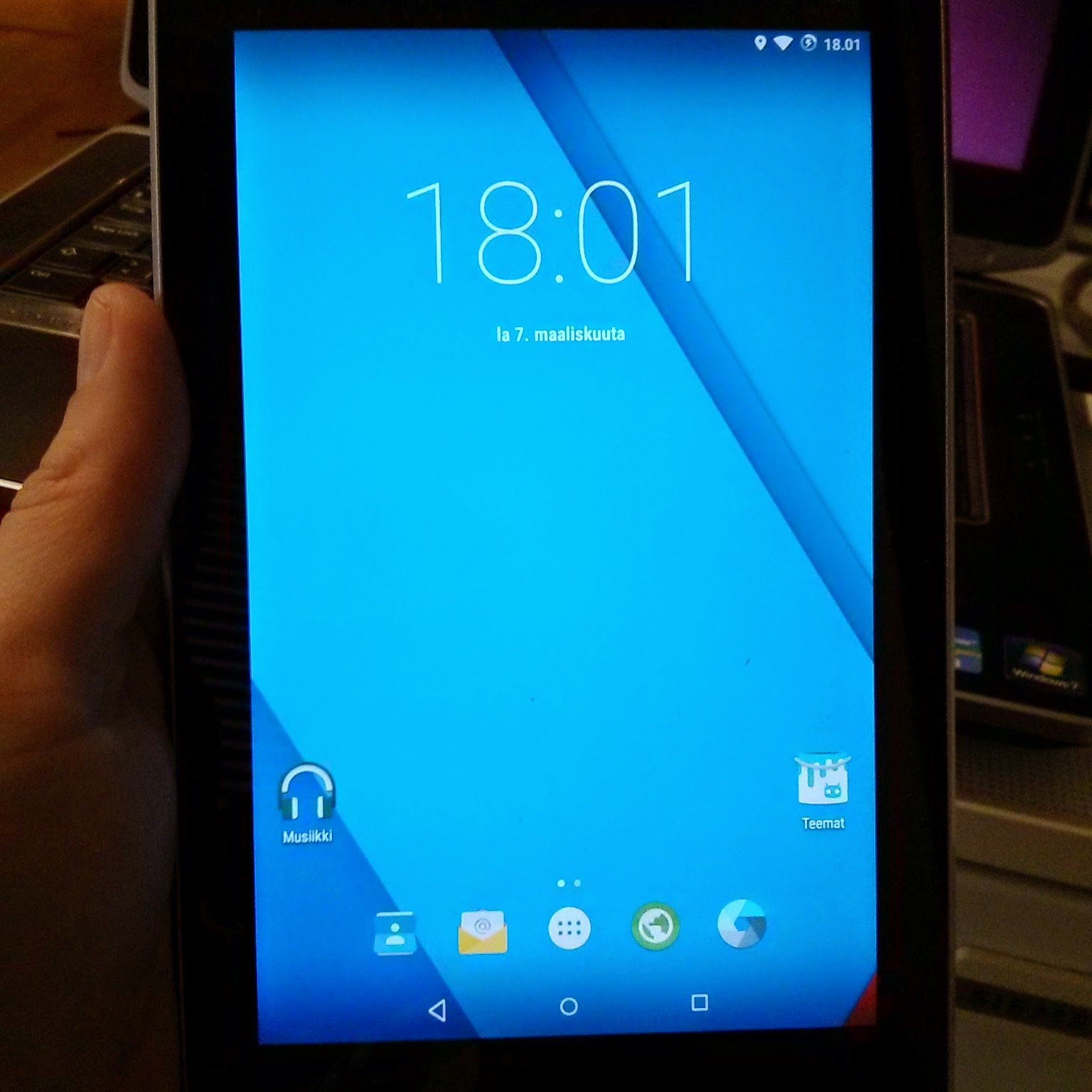- Download Ubuntu 14.04.2lts here. It's a fast download although the mirror is unofficial.
- Extract the xz-package in Linux with unxz. In case there is no unxz in your Linux, try to find xz utils in your Linux repository and install the package.
- Write the .img-file with either Win32DiskImager (Windows) or command dd (Linux). Make sure the image is correctly written. pay attention to this phase!
- Open a file boot.ini which you can find on microSD card in Boot partition. You can use any text editor for editing. Choose one of the resolution by deleting hashtag in the beginning of the line. Make sure only one resolution is chosen at a time! Save boot.ini.
- Place microSD card in your Odroid C1 and pray! In my case my monitor only does 1440*900. In addition I was using HDMI-VGA -adapter.
Now I have both Android (read my earlier blogpost) and Ubuntu running on Odroid C1. Those two operating systems are the the ones Hardkernel is recommending. However there are many other unofficial OS's to choose from in case you want to give them a try.
Ubuntu on Odroid C1 feels quick!
I need a real time clock!
There is a port for that on Odroid C1





















